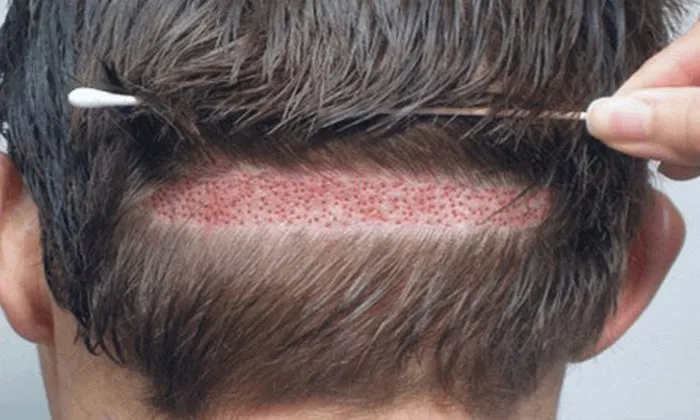Undergoing a hair transplant is a significant step towards regaining confidence and a fuller head of hair. However, the post-operative care plays a crucial role in ensuring optimal results. One common query that arises is when it’s safe to resume wearing a cap after the procedure. In this detailed guide, we explore the various phases of the healing process, offering insights into the ideal timeline for reintroducing this accessory without compromising the success of your hair transplant.
1. Immediate Post-Op Period: Embracing Patience for Optimal Healing
In the immediate aftermath of a hair transplant, the focus is on allowing the newly implanted hair follicles to settle and establish themselves securely. Wearing a cap during this initial phase is generally discouraged, as it may disrupt the grafts and lead to complications such as bleeding or swelling. Patience becomes a valuable virtue during this time, as your scalp requires a delicate healing environment.
The first few days post-surgery are critical, and it’s recommended to avoid covering the scalp with a cap during this period. Allow your scalp to breathe and facilitate the natural healing process.
2. First Week Post-Op: Slow and Steady Introduction of Caps
As the first week unfolds, some individuals may wonder when they can reintroduce the use of caps. While the scalp is still in the early stages of healing, it’s generally safe to consider wearing a loose-fitting cap to protect your head from the sun or environmental elements. However, the key is to ensure that the cap doesn’t exert excessive pressure on the grafts.
Choose a cap made of soft, breathable fabric and avoid anything tight or restrictive. Opting for a cap during outdoor activities can shield your scalp from potential harm while allowing for a gradual reintroduction of this accessory.
3. Post-Week One: Gradual Increase in Cap Usage
Beyond the initial week, many patients are eager to resume their regular routines, including wearing caps for style or sun protection. While the majority of the healing occurs in this timeframe, it’s crucial to approach the reintroduction of caps with caution. Excessive pressure or friction on the scalp can still impact the delicate grafts.
Consider wearing a cap for short durations initially, gradually increasing the time as your scalp continues to heal. Monitor your scalp’s response and avoid anything that causes discomfort or irritation.
4. Weeks Two to Four: Monitoring Scalp Sensitivity
During weeks two to four, the majority of patients can comfortably reintegrate caps into their daily routines. However, it’s essential to remain attentive to any signs of scalp sensitivity. If you notice redness, swelling, or increased tenderness, it’s advisable to scale back on cap usage and consult with your surgeon.
Choose caps with a smooth interior lining to minimize friction and ensure they are clean to prevent any risk of infection. The gradual approach remains crucial during this phase to promote optimal healing.
5. Post-Month One: Embracing Normalcy with Precaution
After the first month, the scalp has undergone significant healing, and patients can typically resume wearing caps more regularly. However, it’s advisable to continue with caution, especially if the cap feels tight or exerts excessive pressure on the grafts. Choose caps with adjustable straps for a customized and comfortable fit.
Additionally, ensuring good hygiene practices with both your scalp and the caps you wear is crucial. Cleanliness helps prevent infection and supports ongoing healing.
See Also: Male Hair Transplant Costs Unveiled: All You Need To Know
In Conclusion
The timeline for when to wear a cap after a hair transplant is a gradual process that requires patience and attentiveness to your scalp’s needs. While the immediate post-op period demands restraint, a slow reintroduction of caps during the first month can be initiated, with a full resumption of normal cap usage typically achieved after the initial healing phase. Prioritizing your scalp’s comfort and avoiding anything that may compromise the grafts are key considerations throughout the recovery journey. By following these guidelines, you can confidently reintegrate caps into your style routine while ensuring the success of your hair transplant.


